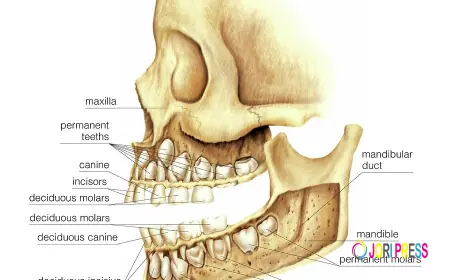DHF, DMR, DHR, and 21 CFR 820.30 / ISO 13485.7.3 Documentation: A 2025 Compliance
Join our expert-led pharmaceutical webinar to explore 2025 updates on pharmaceutical compliance, FDA guidelines, and industry best practices.
In the ever-evolving world of medical device regulations, maintaining accurate and compliant documentation is crucial. In this guide, we’ll explore the essential components of design control documentation—DHF, DMR, DHR—under the lens of 21 CFR 820.30 and ISO 13485:2016, particularly section 7.3.
What is DHF, DMR, and DHR in Medical Device Compliance?
DHF – Design History File
The DHF is a collection of records that describe the design history of a finished medical device. It’s required under 21 CFR 820.30(j) and helps demonstrate that the design was developed in accordance with the approved design plan.
DMR – Device Master Record
The DMR includes the specifications for manufacturing the device. According to 21 CFR 820.181, it contains the materials, equipment, processes, and labeling required for consistent production.
DHR – Device History Record
The DHR shows that each device was manufactured according to the DMR. It includes records like production dates, quantities, and acceptance records, as required by 21 CFR 820.184.
Understanding 21 CFR 820.30 – Design Controls
The FDA’s 21 CFR Part 820.30 sets design control requirements that manufacturers must follow during medical device development. It emphasizes risk management, design reviews, verification, validation, and design transfer.
Compliance with 21 CFR 820.30 ensures:
-
Product safety and effectiveness
-
Consistency in design and manufacturing
-
Easier FDA inspections and audits
ISO 13485:2016 Section 7.3 – Design and Development
ISO 13485 section 7.3 outlines design and development processes that align with international medical device QMS standards. While 21 CFR 820.30 is U.S.-centric, ISO 13485:2016 is globally recognized.
Key elements include:
-
Design planning
-
Design input & output
-
Design verification & validation
-
Design transfer
-
Design changes
-
Record keeping aligned with DHF, DMR, and DHR
DHF, DMR, DHR – How They Work Together
-
DHF shows how the device was designed
-
DMR guides how the device is built
-
DHR proves the device was made correctly
Together, they form the backbone of your QMS documentation.
Why Documentation Matters in 2025 and Beyond
With the FDA increasing scrutiny and ISO standards being updated, proper documentation under 21 CFR 820.30 and ISO 13485.7.3 is more important than ever. Medical device manufacturers must align their internal processes with both domestic and international regulations to ensure:
-
Product approval
-
Risk management
-
Market access in U.S. and EU
-
Audit readiness
Join Our Upcoming Webinar on Medical Device Documentation
Learn directly from compliance experts about how to implement DHF, DMR, and DHR frameworks in alignment with 21 CFR 820.30 and ISO 13485
Conclusion
Properly managing DHF, DMR, and DHR isn’t just a regulatory requirement—it’s a foundational aspect of delivering safe, effective, and globally compliant medical devices. By aligning your processes with 21 CFR 820.30 and ISO 13485.7.3, you build a robust design control system that ensures quality, reduces risk, and accelerates market readiness.

What's Your Reaction?
 Like
0
Like
0
 Dislike
0
Dislike
0
 Love
0
Love
0
 Funny
0
Funny
0
 Angry
0
Angry
0
 Sad
0
Sad
0
 Wow
0
Wow
0

















































